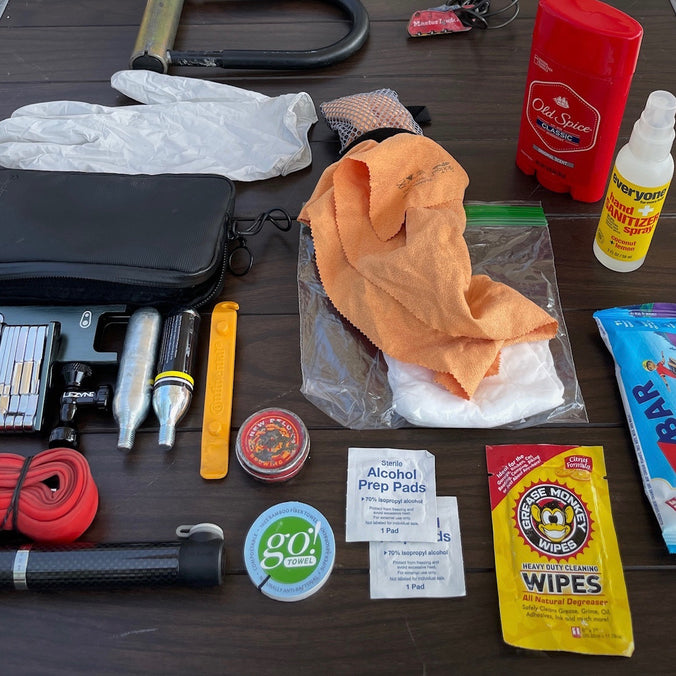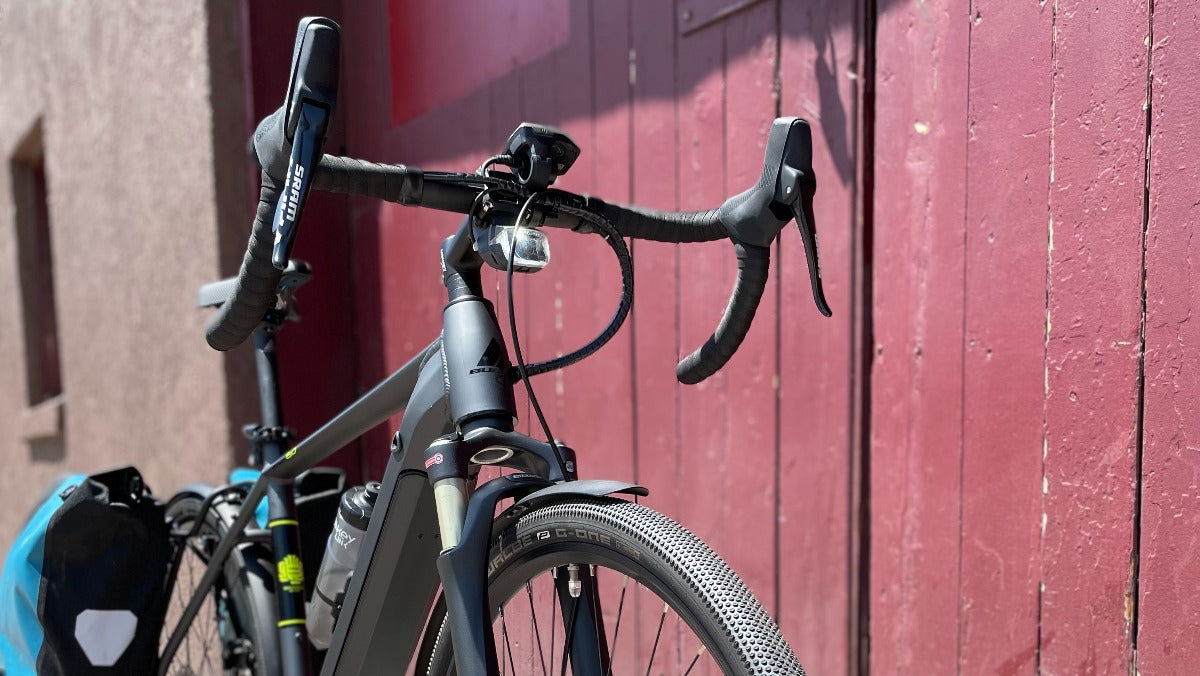EXPANDING EMTB TRAIL ACCESS

When I moved to San Francisco fifteen years ago, I was excited to be so close to the birthplace of mountain biking, Mt. Tamalpais. Located just north of the Golden Gate Bridge in Marin county, Mt. Tam offers amazing views of the Bay and the rugged coastline, along with several microclimates ranging from cool & damp

redwood forests to golden, windswept hillsides with wild turkeys. Heaven, I thought.
However, I quickly learned that most trails of this fabled mountain had become off limits to bikes. During the fledgling days of clunkers (original mountain bikes) and early custom built frames, several hiking organizations and local agencies banded together to “protect” Bay Area wilderness areas from the potential “threat” of mountain bikes on trails. Though allowed on fire and service roads, public singletrack is still almost entirely illegal for mountain bikes across the Bay Area to this day.
Fast Forward to this summer and moving back to southern California, I quickly experienced a similar sense of being sucker punched: the neighborhood near my favorite local trail had implemented permit-only parking for residents and the trailhead parking lots had been closed. I’d been so excited to get back to good singletrack, but my hopes were dashed, as a sixteen mile round-trip road ride on my non-assist bike felt like too much work to regain access to the trail.
A week later, I took a pilgrimage to Big Bear in the San Bernardino Mountains, east of L.A., to ride the trails that got me hooked on mountain biking in the early 1990’s. Though I was riding countless miles of singletrack with a non-assist bike, I felt a similar sense of imposing limitation as trail sign after trail sign made it clear that ebikes are not allowed. I definitely did not expect trail access to be an issue in moving back to southern California.
eMountain Bikes continue to occupy a liminal space.
On one hand, I’ve been able to get back to my local trail, riding the Bulls E-Stream EVO AM2 with ease. The eight mile ride to the trailhead feels like a nice warm up, and at 20mph, it’s not much slower than driving and loading/unloading my bike and gear. In circumstances like this, eBikes provide us access to trails.
On the other hand, eBikes continue to be villainized like mountain bikes on Mt. Tam. Though much progress has been made at Federal and State levels to define Class 1, 2 & 3 eBikes as bicycles, local agencies often impose exclusionary eBike restrictions. Often because of local government entities, our eBikes deny us access to trails.
For many of us, eMTBs offer the opportunity to continue riding in the midst of challenging circumstances, whether it be injury, decreasing capacity for exertion or distance from rideable areas. As is often the case, society needs to be ushered into the future by people who love and enjoy the freedom offered by new opportunities. By definition, our government makes legislation aligned with the will of the people, and as we represent the accessibility needs of our location communities, we have the power to solidify the eBike’s rightful place on our local trails. We simply need to get involved at the local level, to advocate for our needs and desires.
Having said that, we want to provide you with resources that will allow you to be advocates for Trail Access and to make allies of those who might otherwise fight against eMTB ridership. Please take a few minutes to learn about eMTB trail access via these four resources.

Bike Coalition local chapters. Your county or urban area most likely has a Bike Coalition, which you can find searching Google. This is a great place to connect with other riders and learn how to move your community toward (e)Bike-friendly policies.
People for Bikes advocates for cyclist rights and access, while also providing information on great local eMTB rides. Learn to simply debunk eBike myths or dive into local advocacy training tools.
IMBA has worked to create safe, well-planned and enjoyable mountain bike trails around the world. They effectively work with local government and rider communities to provide access to trails, from urban areas to national forest lands. Please check out their statement on eMTBs.
The Americans with Disabilities Act (ADA) is currently being cited as a valid access point for trails that currently deny access to eMTBs. Many eBike riders are not able to ride trails due to physical limitations and are receiving doctor notes stating the necessity of a pedal-assist eBike to improve their health and longevity. Very often, park rangers and police will gladly accept a doctor's note, as they patrol trails in search of throttled eBikes. Included here is a great conversation about the issue


